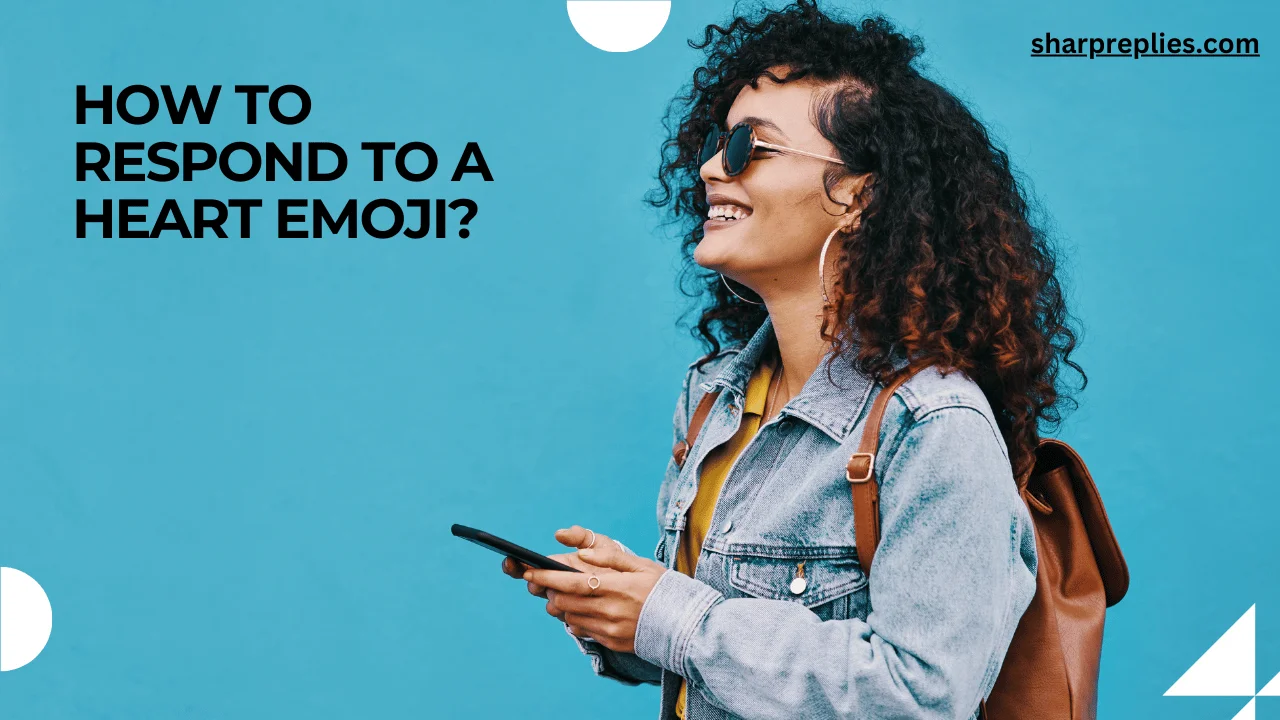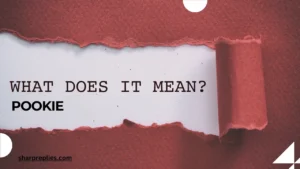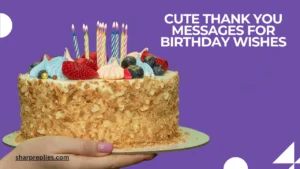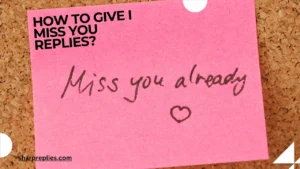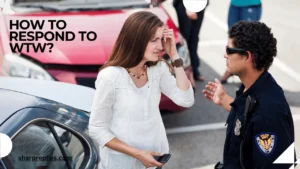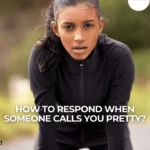In the world of digital communication, emojis have become more than just a fun way to express emotions—they’re an essential part of how we connect with others.
One of the most commonly used emojis is the heart emoji, symbolizing love, affection, friendship, or even appreciation. But what happens when you receive a heart emoji from someone? How do you respond?
Whether it’s a close friend, a romantic partner, or a colleague, the way you reply to a heart emoji can influence the tone of your relationship. This seemingly simple exchange can hold layers of meaning, and knowing the best response can help you communicate with confidence and clarity.
In this article, we will explore how to respond to a heart emoji in different contexts, from casual to romantic, and offer you ideas on how to express yourself effectively in digital conversations.
Contents
- 1 Understanding the Significance of the Heart Emoji
- 2 How to Respond to a Heart Emoji from a Close Friend
- 3 Romantic Responses to a Heart Emoji
- 4 When a Heart Emoji Is Sent by an Acquaintance or Colleague
- 5 How to Use the Heart Emoji in Your Own Messages
- 6 Conclusion
- 7 FAQ’s
- 7.0.1 What does the heart emoji mean?
- 7.0.2 How should I respond to a heart emoji from a friend?
- 7.0.3 Is it appropriate to send a heart emoji to a colleague?
- 7.0.4 What’s the best way to respond to a romantic partner’s heart emoji?
- 7.0.5 How do I respond if I’m unsure about the intentions behind the heart emoji?
- 7.0.6 Can I send a heart emoji to express gratitude?
Understanding the Significance of the Heart Emoji
The heart emoji is a universal symbol of affection, but its meaning can vary depending on context. For example, red hearts often symbolize romantic love, while yellow hearts can indicate friendship or platonic love.
Meanwhile, green or blue hearts might convey admiration, harmony, or trust. Understanding the context in which the heart emoji is sent is key to crafting the perfect response. When someone sends a heart emoji, they’re offering a form of emotional connection, whether it’s love, gratitude, or affection.
Receiving this emoji can sometimes feel overwhelming, especially if you’re unsure of how to respond appropriately.
Are they looking for a heartfelt reply, or are they simply sending a friendly gesture? Reading the situation carefully and understanding the relationship between you and the sender will help you craft a response that feels genuine and appropriate.
How to Respond to a Heart Emoji from a Close Friend
When a close friend sends you a heart emoji, it’s typically a sign of caring and support, not necessarily romantic love. In this case, your response can be warm and friendly. A simple “Love you too!” or “You’re the best!” conveys your appreciation for their friendship.
You could also match their emoji with a heart emoji of your own, showing that the feeling is mutual. Other great responses could include:
- “Aww, thanks! You’re such a great friend!“
- “Right back at you!“
- “Big hugs and hearts to you too!“
These types of replies keep the conversation light and heartfelt while reinforcing your strong bond. It’s important to keep in mind that a heart emoji between friends is often about affection and camaraderie, so your response should reflect that warmth.
Romantic Responses to a Heart Emoji
When a heart emoji comes from a romantic partner, the stakes are higher, and your response may need to reflect deeper affection. In these cases, responding with something just as loving or intimate can make the exchange feel more meaningful.
If your partner sends you a red heart, they might be signaling romantic love or a deeper connection, and you should respond in a way that matches that intensity. You might reply with:
- “I love you more“
- “You mean everything to me“
- “My heart is yours always“
These responses are romantic and emotional, showing that you share the same feelings. By reciprocating with your own heart emoji or a sweet message, you deepen the emotional bond with your partner, reinforcing your love for one another.
When a Heart Emoji Is Sent by an Acquaintance or Colleague
Receiving a heart emoji from someone who isn’t a close friend or romantic partner can sometimes be awkward. You want to acknowledge their gesture without crossing any boundaries, especially in professional or less personal settings. In this case, it’s important to respond politely while maintaining a level of neutrality. A simple, friendly reply could include:
- “Thanks! That’s sweet of you!“
- “Appreciate that!“
- “That made my day, thank you!“
By responding with a smiley or a neutral heart emoji, you acknowledge their kind gesture without making the situation overly personal or uncomfortable. If you’re uncertain about their intentions, it’s better to keep the tone friendly but professional to avoid any misunderstandings.
How to Use the Heart Emoji in Your Own Messages
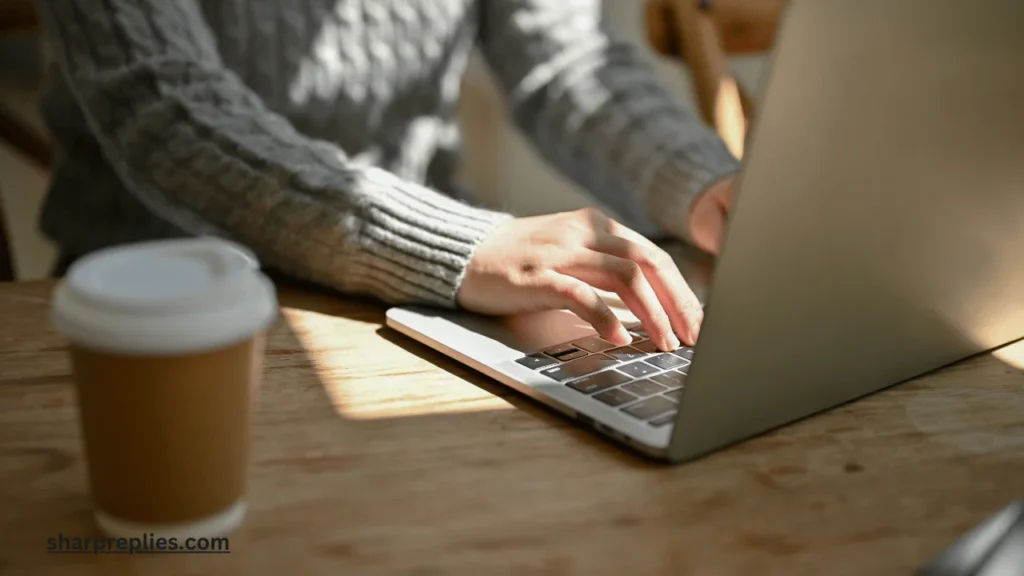
Knowing how to respond to a heart emoji is important, but it’s equally essential to understand when to send one yourself. Using the heart emoji can be a simple way to express affection, but its meaning will depend on the situation.
If you’re sending a heart emoji to a close friend, a romantic partner, or even a colleague, consider the message you’re pairing it with and the relationship you have with the recipient.
For example, if you’re congratulating a friend on a job well done, a yellow heart could symbolize your pride and admiration.
When expressing gratitude to a colleague or acquaintance, a blue or green heart might feel more appropriate. In romantic contexts, a red heart is a clear way of showing deep love and passion.
By using the heart emoji thoughtfully, you can enhance your communication and let others know that you’re emotionally engaged in the conversation.
Conclusion
In the age of digital communication, the heart emoji serves as a powerful tool to convey feelings of affection, love, and appreciation.
How you respond to this seemingly simple symbol can say a lot about your relationship with the sender and set the tone for your conversation. Whether you’re replying to a close friend, a romantic partner, or an acquaintance, it’s important to tailor your response based on the context and relationship.
Responding thoughtfully to a heart emoji can help you maintain a genuine, positive connection with others, strengthening both personal and professional relationships.
So, the next time you see that little red heart appear on your screen, take a moment to think about your response—because it’s more than just an emoji; it’s a chance to express how you feel.
FAQ’s
What does the heart emoji mean?
The heart emoji is used to convey love, affection, or appreciation. Its meaning can vary depending on the color of the heart and the context in which it’s sent.
How should I respond to a heart emoji from a friend?
You can respond with a simple “Love you too!” or “You’re the best!” A casual and heartfelt reply is perfect for friends.
Is it appropriate to send a heart emoji to a colleague?
While it’s fine to send a heart emoji in a professional setting, it’s best to use a neutral color (like a blue or yellow heart) to maintain professionalism.
What’s the best way to respond to a romantic partner’s heart emoji?
A romantic response like “I love you more!” or “You have my heart” matches the affection of the emoji and shows deeper emotional connection.
How do I respond if I’m unsure about the intentions behind the heart emoji?
If you’re uncertain, respond with a neutral and friendly reply, such as “Thanks! That’s sweet of you” or “Appreciate it!”
Can I send a heart emoji to express gratitude?
Yes! A yellow heart or green heart can symbolize appreciation and gratitude, making it a great choice when thanking someone.

